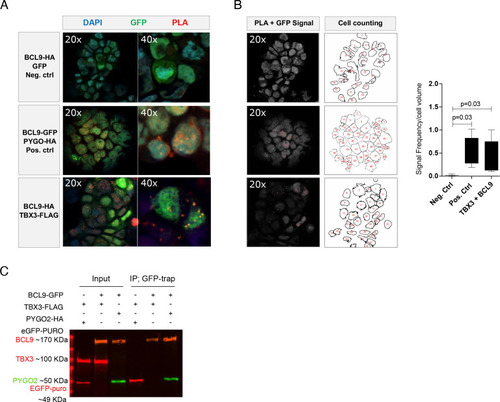Figure 2—figure supplement 2.
- ID
- ZDB-FIG-200822-38
- Publication
- Zimmerli et al., 2020 - TBX3 acts as tissue-specific component of the Wnt/β-catenin transcriptional complex
- Other Figures
- All Figure Page
- Back to All Figure Page
|
( |

